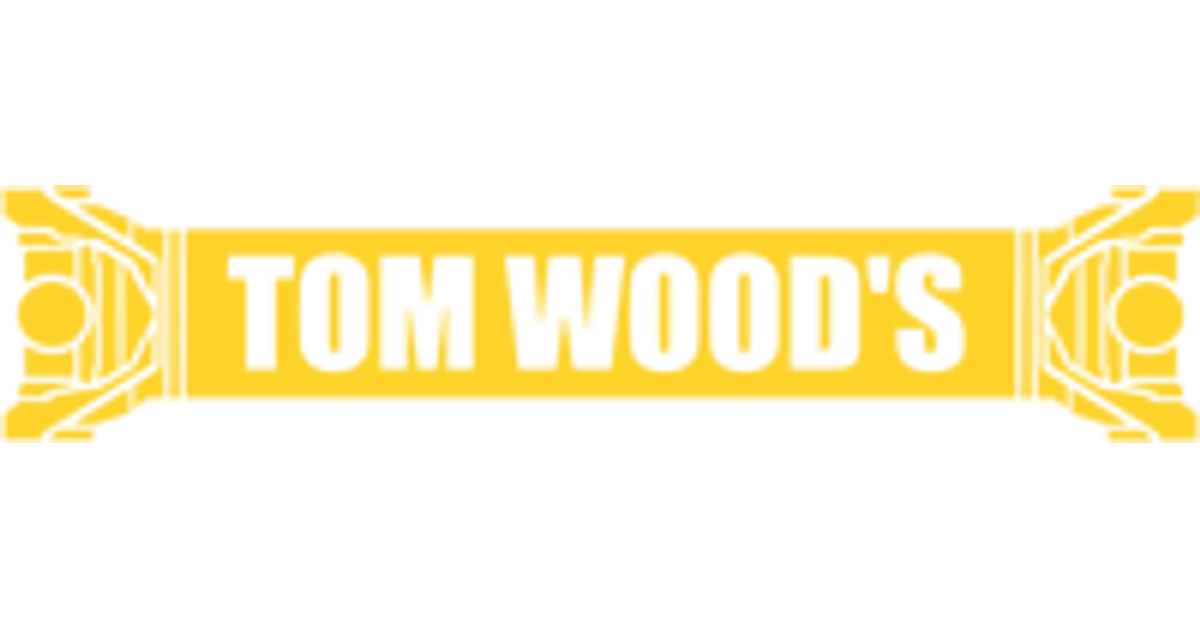pb4ugo
SILVER Star
How complete is your 40? Vehicle weight can effect steering geometry, especially caster. The 2 major adjustments, caster and toe in, can probably be done by you on level ground with a cheap angle finder and a tape measure.
Follow along with the video below to see how to install our site as a web app on your home screen.
Note: This feature may not be available in some browsers.
This site may earn a commission from merchant affiliate
links, including eBay, Amazon, Skimlinks, and others.
When needed, you can borrow my TMR toe alignment tool.Would you recommend having it aligned first before measuring? I’m asking because I currently don’t have the cruiser up and running yet.
Thanks brother!When needed, you can borrow my TMR toe alignment tool.
It’s complete as far as weight is concerned other than a soft or hardtopHow complete is your 40? Vehicle weight can effect steering geometry, especially caster. The 2 major adjustments, caster and toe in, can probably be done by you on level ground with a cheap angle finder and a tape measure.
Would you recommend having it aligned first before measuring? I’m asking because I currently don’t have the cruiser up and running yet.
I’m just trying to decide if I should go ahead and tackle the shim are wait on getting it running and having it done afterwards.Alignment on that truck is only toe. A good machine will tell you your caster.
It’s complete as far as weight is concerned other than a soft or hardtop
You can go back and look at post #116 to get an idea on how to measure caster with an angle finder. The vehicle needs to be level with the weight loaded on the suspension. Personally I would not use the studs or nuts, I use the edge of the lower bearing cap.
Rick,Here is what 1 degree (+/-) of negative castor will look like on the left wheel using the lower edge....Thanks to @wngrog for the education.
View attachment 3719213
** EDIT ** : The below comment and photo is in reference to a question about my particular FJ40.....Other 2" OME installs do not require the rear shims and use the original OEM drive shaft. Heck, I ran the OEM drive shaft and no shims for a few years (2014-2020) as seen below, before obtaining the DC drive shaft.Rick,
Are you just doing the front?
There is no downside to adding 4* shims.
None.
It’s when you start with getting into the higher numbers and your pinion starts marching south that you have any issue.
I’ve never ever once had a front driveshaft issue simply adding 4* shims

I am learning the anatomy of my truck as I go. Is the "kingpin" or "kingpin angle" a reference to the angle of the steering knuckle. Is the kingpin the line through the knuckle bearing caps?
Those are great videos, thanks for sharing!Sorry. I have very limited experience with 4” lift springs other than pulling them off.
I’ve never needed shims in the rear on any 40 I’ve built.
My 70 though. It has a tiny rear driveshaft that did not like the lift. I ended up with a 4* back there and a DC shaft.
My favorite reference for driveline tech

Driveline Geometry 101
Driveshaft Angle Explained This video will demonstrate the proper angles for a drive shaft in a stock Jeep or Truck and how the rules change when you add a suspension lift. The video below demonstrates what is happening to the shaft at different angles, how improper angles can cause speed...4xshaft.com
View attachment 3719240
First and last time I ever flat towed my truck had monster shackles and neg caster and the tires went right as I went left in a intersectionAnother aspect of proper caster which is critical if you sometimes ( as I do) flat tow is that without good negative caster, the towed vehicle will not track with the towing vehicle at all. Do not resort to tying down the steering wheel- get proper shims and your problems will go away.
